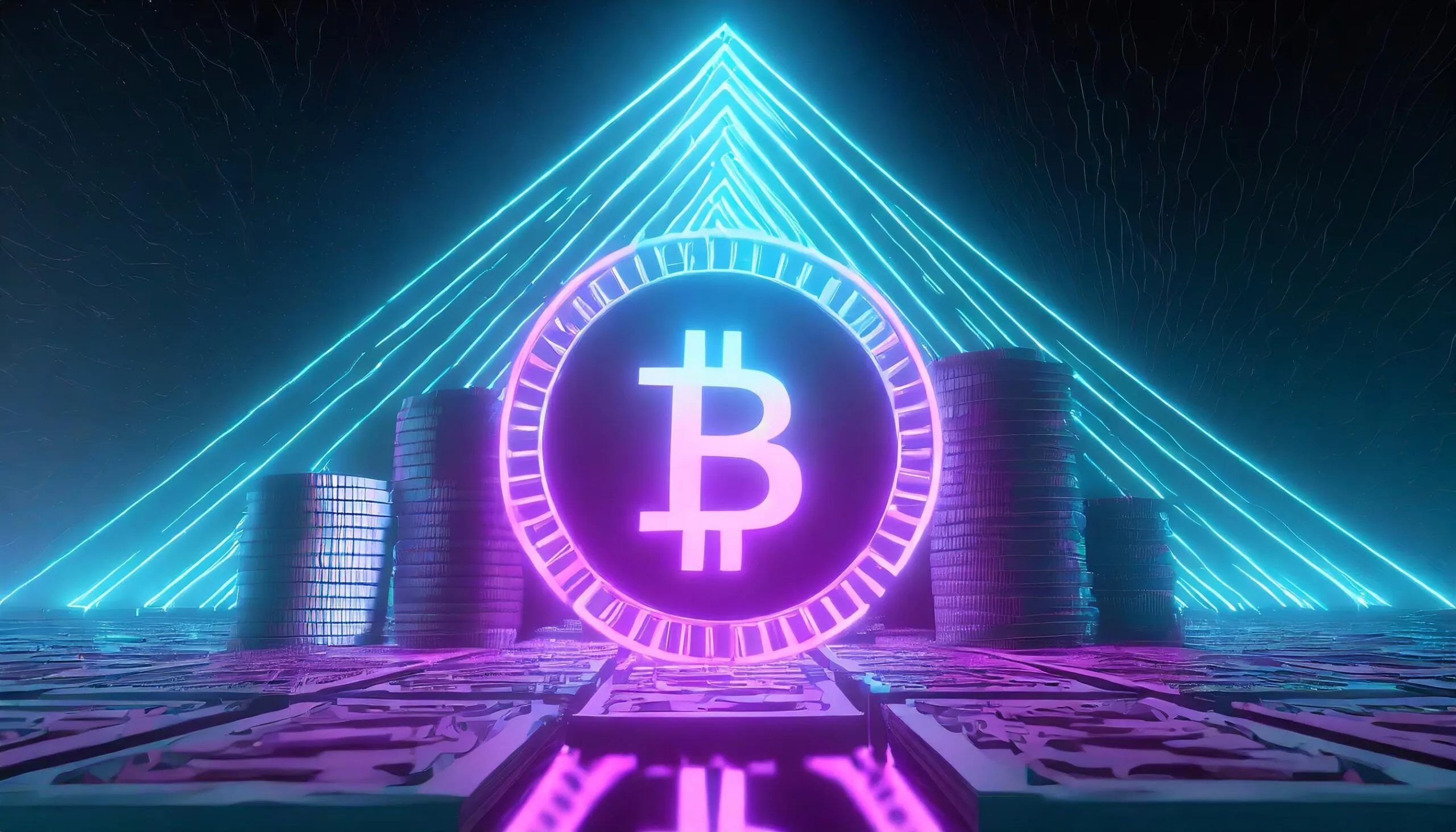We’re hours away from the Bitcoin halving and the associated launch of the Runes fungible token standard, and collectors on the top chain might be wondering: What does any of this have to do with the NFT-like Ordinals inscriptions on the chain? And what of BRC-20 fungible tokens built on the Ordinals protocol?
Unlike Ethereum’s “merge” transition back in late 2022, there’s no reason for concern around what could happen to on-chain Bitcoin assets after the halving. The halving simply refers to the quadrennial reduction in mining rewards, which slows the supply of new BTC entering the market and tends to lead to an eventual price surge.
Bitcoin will simply continue producing blocks, so any Ordinals inscriptions or BRC-20 tokens will remain in your wallets, and there’s nothing you need to do. But the bigger question revolves around demand for Bitcoin-related assets and how the launch of the new Runes token protocol will impact interest in BRC-20 tokens.
Ordinals have seen surging demand in recent months, with NFT trading volume surpassing that of longtime leader Ethereum. The shift has propelled cross-chain marketplace Magic Eden to the top of the pile, and Ordinals collections that have promised upcoming Runes token drops to holders—like Runestone, for example—are soaring as a result.
Will that momentum shift lose steam after the halving? Nobody can say for sure, but DappRadar’s Senior Communications Manager Robert Hoogendoorn anticipates that Ordinals and other Bitcoin-based assets will benefit from expected BTC price increases down the line.
“Just like the halving is likely to increase the price and therefore demand for BTC in the long run,” he told Decrypt, “I also expect demand for Bitcoin assets, like Ordinals, to increase.”
As for BRC-20 tokens, we’ve seen cooling demand for some of the prominent Bitcoin tokens on the market, such as ORDI and SATS, which have fallen much harder than Bitcoin in the last couple of weeks—and harder than many other cryptocurrencies.
The Runes protocol is not only billed as a more efficient implementation of Bitcoin-based tokens, but it has another potential advantage: It was developed by Casey Rodarmor, the inventor of the Ordinals protocol.
BRC-20 was an experimental token standard based on his protocol, and certainly, anyone is free to build on the permissionless chain. But Runes has Rodarmor’s own stamp on it—and when it comes to the billions of dollars worth of Bitcoin being thrown around this space to obtain valuable assets, that means something to some collectors and investors.
“It’s his vision of how he's seeing this come together,” Elizabeth Olson, head of growth at Bitcoin wallet startup Xverse, previously told Decrypt. “Obviously, Ordinals have been a huge success, so I would imagine that Runes will be just as big, if not bigger, than BRC-20 tokens.”
But Runes could throw a wrench into the economics of Bitcoin and create new assets on the chain—for better or for worse, depending on your perspective. There’s a ton of anticipation around Runes launches, including projects vying to be one of the first mints right out the gate, and demand for Runes could drive up the cost of using the network for some time to come.
“The release of the Runes protocol at the halving will lead to a period of sustained high fees on Bitcoin,” pseudonymous NFT historian and Runestone project co-creator Leonidas told Decrypt. “This will affect the Ordinals protocol in several ways. Because it will be more expensive to inscribe files on-chain, artists will have to become more clever about how they use file space.”
What happens if fewer new Ordinals projects are deployed on Bitcoin, and it costs more to buy and trade them anyway? Some builders believe that this will boost the prices of existing collections.
“The increased cost associated with dropping a collection will also induce scarcity amongst the existing collections,” Leonidas added. “Existing collections will not need to compete as much for mindshare with new mints—because there just won’t be as many.”
He also noted that the Runes protocol taps into Ordinals to “associate a visual component to every Rune that is etched,” adding another use case for Ordinals in the process.
Xverse founder and CEO Ken Liao echoed that sentiment about fees impacting the Ordinals space because it will get “harder and more expensive to create new ones.” And he similarly agrees that broader demand for Bitcoin assets, fueled by scarcity after the halving cuts miner rewards in half, will have a clear impact on Ordinals.
Of course, there’s a flip side to fees and asset prices potentially going up: as everything gets more expensive, Bitcoin assets could feel much more exclusive.
That’s not necessarily a bad thing, particularly to the holders of such assets, but it could limit the number of people who can afford to play in that space. But many other chains are much cheaper to use, and there are Bitcoin layer-2 scaling networks sprouting up too. Still, it could spark a vibe shift that puts Bitcoin into an even more rarified category.
“I highly suspect speculators will enjoy the new Runes playground for a while, at the expense of the BRC-20 movement,” CryptoSlam founder and CEO Randy Wasinger told Decrypt.
“Ordinals is great for niche, high-end assets that can benefit from the prestige of Bitcoin. But otherwise, I just don't see any Bitcoin-based application achieving sustained mass adoption,” he added. “Tokens need to move to thrive, and eventually, Bitcoin's high transaction fees will kill volume and momentum, regardless of the protocol.”
Edited by Ryan Ozawa.

